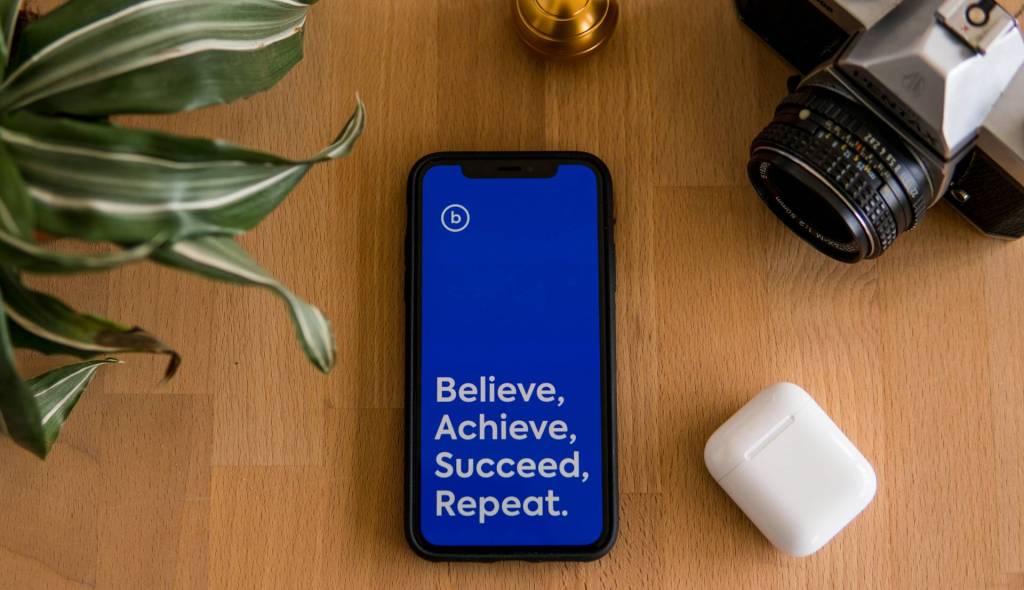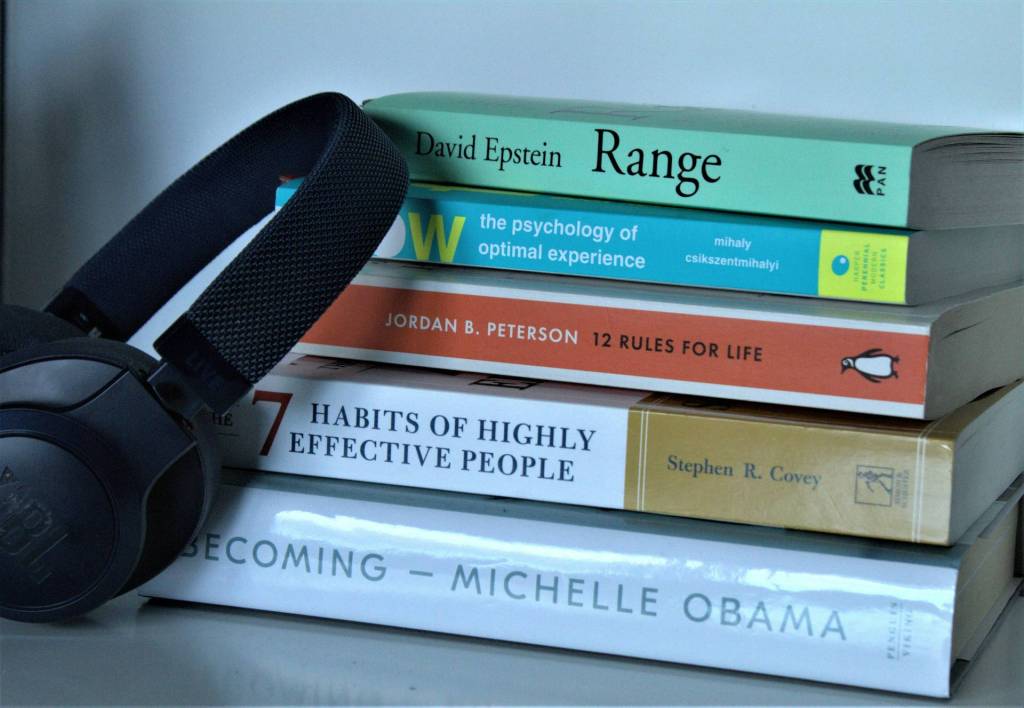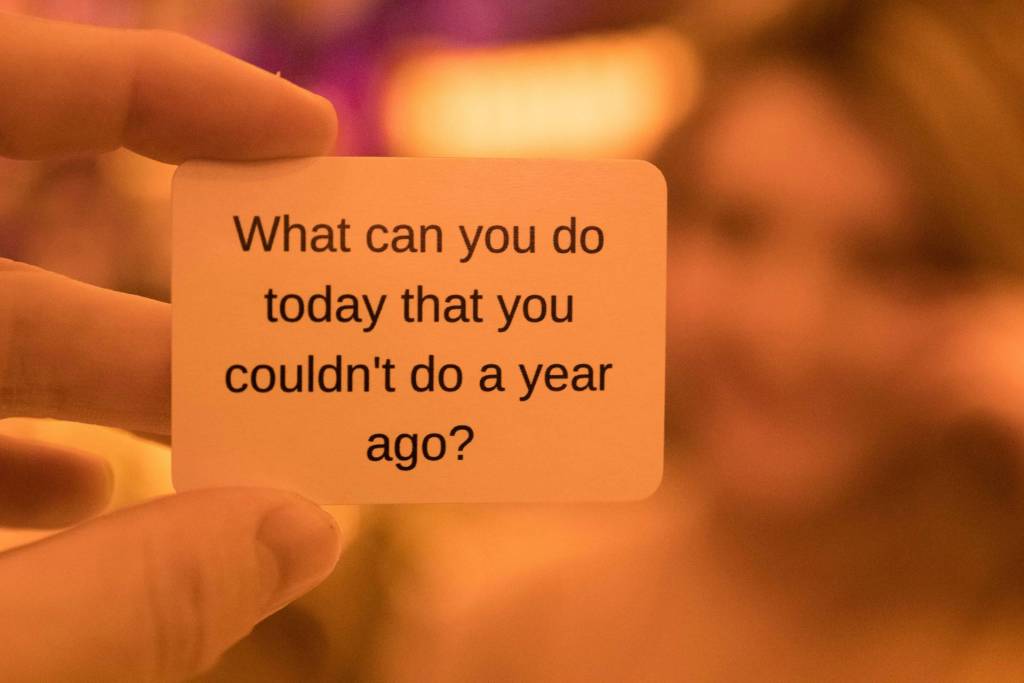I recently spoke with Adam Grant, who is the youngest tenured professor and single highest-rated teacher at the Wharton School. He is a leading expert on success, work motivation and helping and giving behaviors. Grant has presented for leaders at organizations such as Google, the NFL, Merck, Pixar, Goldman Sachs, Facebook, Microsoft, Apple, The United Nations, The World Economic Forum, and the US Army, the US Navy, and the US Air Force. He writes regularly about work and psychology as a LinkedIn Influencer. His recently published book, Give and Take offers a revolutionary approach to success: Adam delineates the differences between givers, takers and matchers; explores who gets ahead and who falls behind, and reveals how we can identify our own style and adapt it for greater success.
Beth: You divide people into groups as givers, takers and matchers. Could you explain the difference among these types of behaviors?
Adam: In my book I talk about two extremes: the takers and the givers. The takers are people who, when they walk into an interaction with another person, are trying to get as much as possible from that person and contribute as little as they can in return, thinking that’s the shortest and most direct path to achieving their own goals.
At the other end of the spectrum, we have this strange breed of people that I call “givers.” It’s not about donating money or volunteering necessarily, but looking to help others by making an introduction, giving advice, providing mentoring or sharing knowledge, without any strings attached. These givers actually prefer to be on the contributing end of an interaction.
Very few of us are purely takers or purely givers. Most of us hover somewhere in between. That brings us to the third group of people, who are matchers. A matcher is somebody who tries to maintain an even balance of give and take. If I help you, I expect you to help me in return. They keep score of exchanges, so that everything is fair and just.
Beth: The research in your book Give and Take shows that in fields like engineering and medicine, givers end up at the bottom of the heap. It seems somewhat obvious that if you’re focused on giving more to others than taking back, then it’s quite likely you’ll end up at the bottom. But who ends up at the top of the heap, and why?
Adam: That was one of the most fascinating questions when I started doing the research for the book. Look across a wide range of industries and even countries, and you find these three styles exist everywhere. Indeed, the givers are overrepresented at the bottom. Putting other people first, they often put themselves at risk for burning out or being exploited by takers. A lot of people look at that and say, “Well, it’s hard for a taker to rise consistently to the top, because oftentimes, takers burn bridges. So, it must be the matchers who succeed—they’re more generous than takers, but also protect their own interests.” When I looked at the data, I was surprised to see that those answers were wrong. The best performers are the givers. Givers are overrepresented at the top as well as the bottom of most success metrics.
For example, the most productive salespeople are actually those who put their customers’ interests first. A lot of that comes from the trust and the goodwill that they have built, but also, the reputations that they create. Also, the success of givers and the fall of takers is fueled by matchers. A matcher is somebody who really believes in a just world. Of course, a taker violates that belief in a just world. Matchers can’t stand to see takers get ahead by taking advantage of other people. The data suggest that matchers will often go around trying to punish them, often by gossiping—spreading negative reputational information.
Just as matchers hate seeing takers get away with exploitation, they also hate to see people act really generously and not get rewarded for it. Matchers will often go out of their way to promote and help and support givers, to make sure they actually do get rewarded for their generosity. That’s one of the most powerful dynamics behind the rise of givers.
Beth: What’s the best career advice you were ever given?
Adam: Find a group of givers who want to serve as mentors. Create your own personal board of directors; people who will put your best interest first.
Beth: How have you done this?
Adam: It’s evolved over the years, but yes. I have a group of mentors from academia, and another group for book writing and publishing.
Beth: What’s your giving style?
Adam: I try to have flexibility in my giving style. I love sharing knowledge and making introductions. If I know two people who can do something better than I can, I prefer to connect them and then step out-of-the-way. The goal is to build a small community of givers who help each other in different projects. For me this type of giving is effective, efficient and fun.
Beth: You seem to be a happy and fulfilled person. As the youngest and notably most popular professor at Wharton, a consultant and author, how do you maintain a balance for normalcy in your life?
Adam: Over time I’ve established very clear priorities. My family comes first, my students are next in line, followed by my colleagues, and then there’s everyone else.
Beth: What are the best perks associated with being a professor?
Adam: I can’t imagine having a more rewarding job. I get to teach inspiring students, study the questions that I find meaningful, and write and speak for a wide range of audiences.
Beth: What advice do you have for someone seeking a career in education, specifically at the University level?
Adam: First, I would suggest that if there’s anything else you’d like to do, try that first. This job is hard to put away, and it’s not 9-5. But if you’re someone who loves to teach and play with ideas, there’s no better career! It’s worth noting that loving research isn’t the same from one field to another. The specific research I do (psychology applied to work) is fascinating to me, but there are other fields that I don’t find nearly as interesting.
Beth: What type of personality is most suitable for becoming a University professor?
Adam: Professors are typically not extreme extroverts. A lot of the actual work is isolated. Analyzing data and writing papers is typically not a group effort from start to finish. You need to be very self-directed, as you have no boss hovering over your shoulder. There’s no one else motivating you. You need to be disciplined, gritty, focused on long-term goals, and proactive.
Beth: How does your giving style tie into your work?
Adam: Being a professor is an ideal venue for expressing giver values. My main purpose is to share my expertise with others for their benefit.
Beth: Did you always know you’d be suited for this role?
Adam: No not at all. I’m more introverted than extraverted, and for a number of years, I was afraid of public speaking. I had an extraordinary professor at Harvard, Brian Little, who could mesmerize an audience. I was stunned when I learned that he was an introvert, and his example—coupled with Susan Cain’s wonderful book Quiet—led me to think differently about how to function as an introvert in an extrovert’s world.
Over time, I’ve found that it’s unusual to be uncomfortable speaking about a topic that you’ve worked on for so many hours per week. I see teaching as a performance, as a challenge to take what I know and make it engaging and entertaining. My advice for other introverts is to focus on a topic that’s your core expertise. Practice talking about it to small groups and eventually the more experience you have doing it, the easier and more natural it becomes addressing a large audience.
Beth: At the end of your book you give suggestions for individuals and organizations to increase their impact by various giving… reciprocity rings, fund a project, help other people craft a job, HopeMob, smiley card giving… do you have a personal favorite charity?
Adam: The Make-A-Wish Foundation is one of my favorite charities. The organization creates magical experiences for children with life-threatening medical conditions. For these children, and parents who are experiencing the worst thing that can happen in life, having a wish granted can be a powerful source of hope and joy.
Having the opportunity to speak with Adam Grant was a rare treat. He’s not only an accomplished author and professor but he uses his influence to make a positive difference in society. What impressed me most about Adam, beyond his notoriety as an esteemed professor, author and consultant is that he actually practices what he teaches.
We all know physicians who care for others yet lead unhealthy lives, psychologists who have troubles in their personal lives and politicians who live double lives. We’ve grown not to expect professionals to be integrated with their work. But in Adam’s case, he writes about being a giver and how to master giving strategies so one’s giving can be sustainable and he lives by the principles he espouses.
His very first remark in the interview displayed his giving style in that he turned the table on me and asked me a question about my own giving style. He showed interest in getting to understand me (the interviewer), which is not the typical pattern for interviews. It was an unselfish gesture and that continued throughout the interview both from the thoughtfulness of his answers to his offer to help me in another project upon completing the interview. Adam gives by offering information, knowledge, research and connecting people. I suspect his book Give and Take was a labor of love as it came from a deep-seated desire to learn more about the dynamics of giving. In this way he shared his new-found knowledge with others and implemented the lessons into his work and his personal life. Adam is an exemplary role model for how to practice what you teach.











